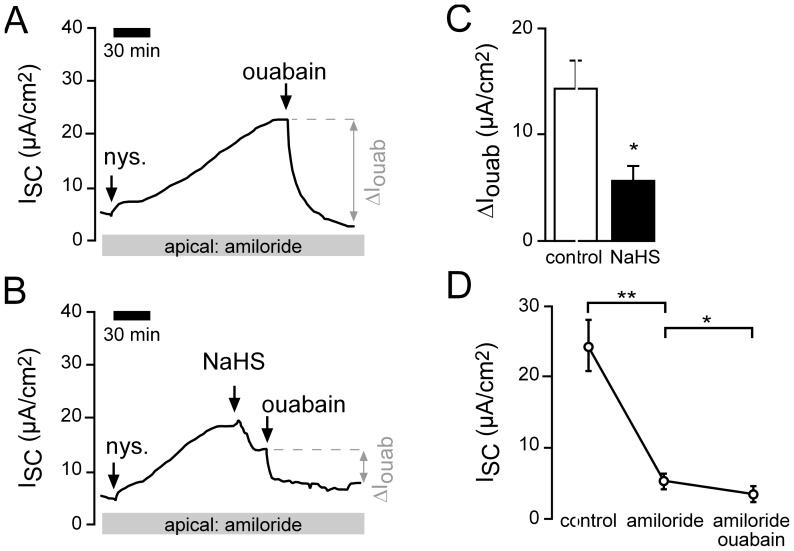Figure 4. H2S decreases Na+/K+-ATPase currents of Xenopus lung epithelia.
A) Representative current trace of a control recording. The apical membrane of the lung epithelium was permeabilized with nystatin (100 µM, apical) in the presence of amiloride (10 µM). This resulted in a current increase. When the current was stable, the Na+/K+-ATPase inhibitor ouabain (1 mM) was applied to the basolateral side. The ouabain-sensitive current fraction (ΔIouab) represents the activity of the Na+/K+-ATPase. B) After permeabilisation with nystatin, NaHS (1 mM) was applied to the apical bath. ISC decreased significantly from 20.83±3.99 µA/cm2 to 16.17±5.23 µA/cm2 (n = 6, N = 6, p≤0.05). Subsequently, ouabain-sensitive current fractions were determined. C) Statistical evaluation of experiments as shown in panels A and B. NaHS significantly inhibited Na+/K+-ATPase activity (ΔIouab; n = 6, N = 6, p≤0.05). D) Without permeabilisation with nystatin, ouabain had only a minor effect on transepithelial ion current in the presence of amiloride. Depicted are mean values of non-permeabilized lung epithelia which have been treated with amiloride (10 µM, apical) followed by ouabain (1 mM, basolateral).

